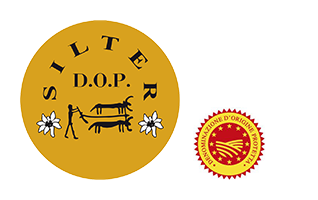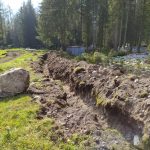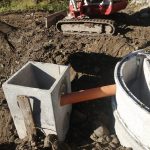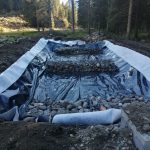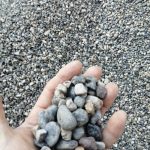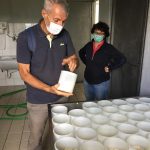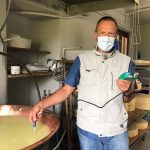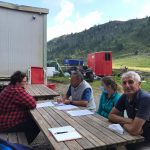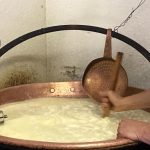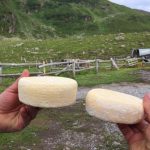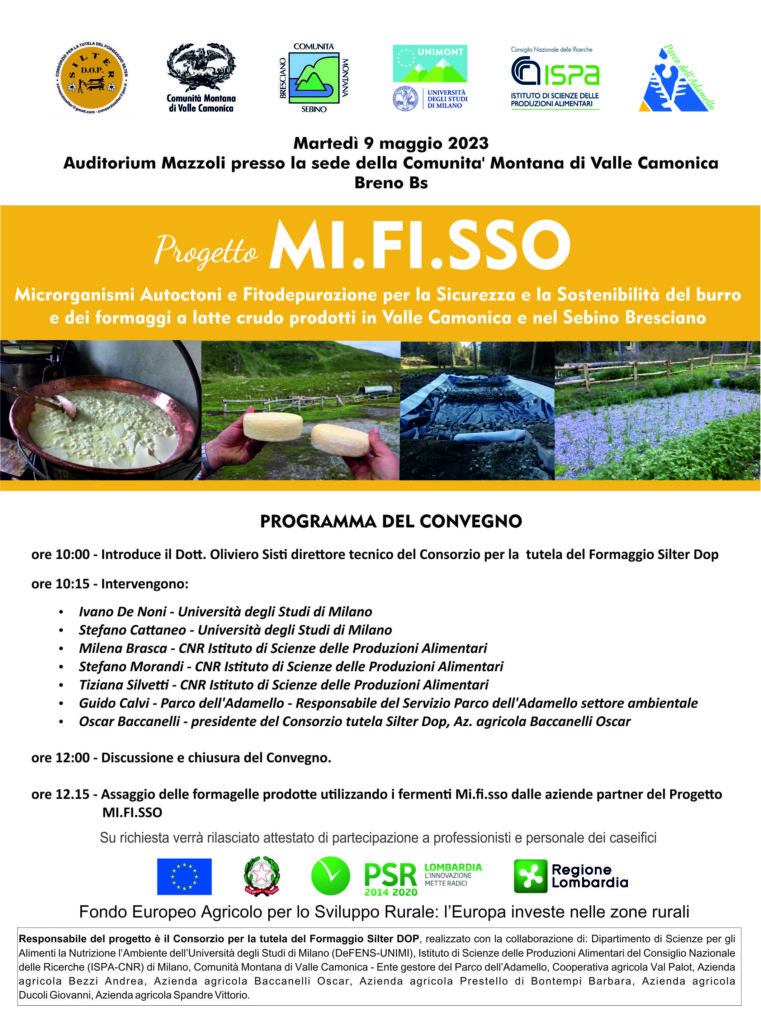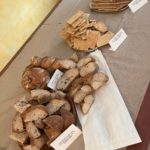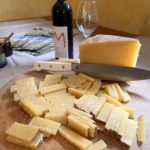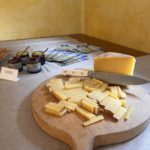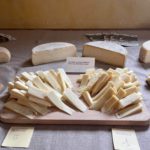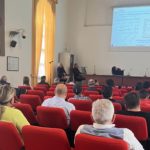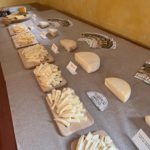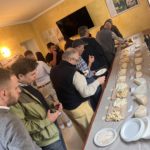MIFISSO Project
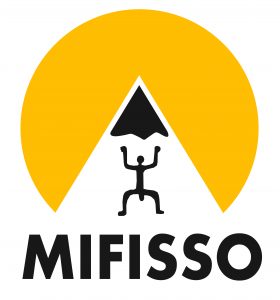
Autochthonous micro-organisms and phytoremediation for the safety and sustainability of butter and raw milk cheeses produced in the vallecamonica and in the Brescia areaautochthonous micro-organisms and phytoremediation for the safety and sustainability of butter and raw milk cheeses produced in the vallecamonica and in the Brescia area.
N
6,500 milk cows produce 33,000 metric tons of milk annually in Valcamonica and “SebinoBresciano” (the surrounding Lake Iseo area in the province of Brescia). Cattle breeders either deliver their milk to co-ops or turn it into cheese in about 170 dairies located on the valley floor or Alpine pastures. In many dairies on the valley floor, and on all Alpine pastures, raw milk is exclusively used to produce low-fat cheese (Silter DOP and briefly aged cheeses) and butter made from the naturally rising cream in the cheese making process. Every year, these dairies in Valcamonica and “SebinoBresciano” yield 500 metric tons of raw milk and briefly aged cheese, corresponding to more than three million euros, and around 180 metric tons of unpasteurized cream butter, valued at 1.4 million euros. All together, these products make up 50% of the economic value coming out of the area’s dairy supply chain.
The utilization of unpasteurized milk and cream necessitates cautious management of raw materials and processes in order to balance quality and safety with traditional cheese making techniques. Similarly, environmental protection of Alpine pastures requires the adoption of tools that help minimize the impact from wastewater generated by cheese and butter production. Therefore, tradition, quality and food safety must work hand in hand with sustainability in order to preserve this traditional human activity, the surrounding cultural landscape and the environment.
For these reasons, the MIFISSO project has the following objectives: 1) Conservation and appreciation for the technological potential of the microbial biodiversity in unpasteurized butter and briefly aged raw milk cheese made on valley floor and Alpine pasture dairy farms—all in order to guarantee food safety and protect product quality and distinctiveness. 2) Analysis and subsequent improvement of the eco-friendliness of wastewater production by introducing reed beds onto Alpine pasture dairy farms.
In order to fulfill the first goal, an innovation that the project hopes to introduce regards the use of indigenous microorganisms for unpasteurized cheese and butter production. Starting with isolating lactic bacteria in butter and cheese samples, the methodological framework foresees the description and evaluation of their technological characteristics, using some of them to formulate indigenous starter cultures.
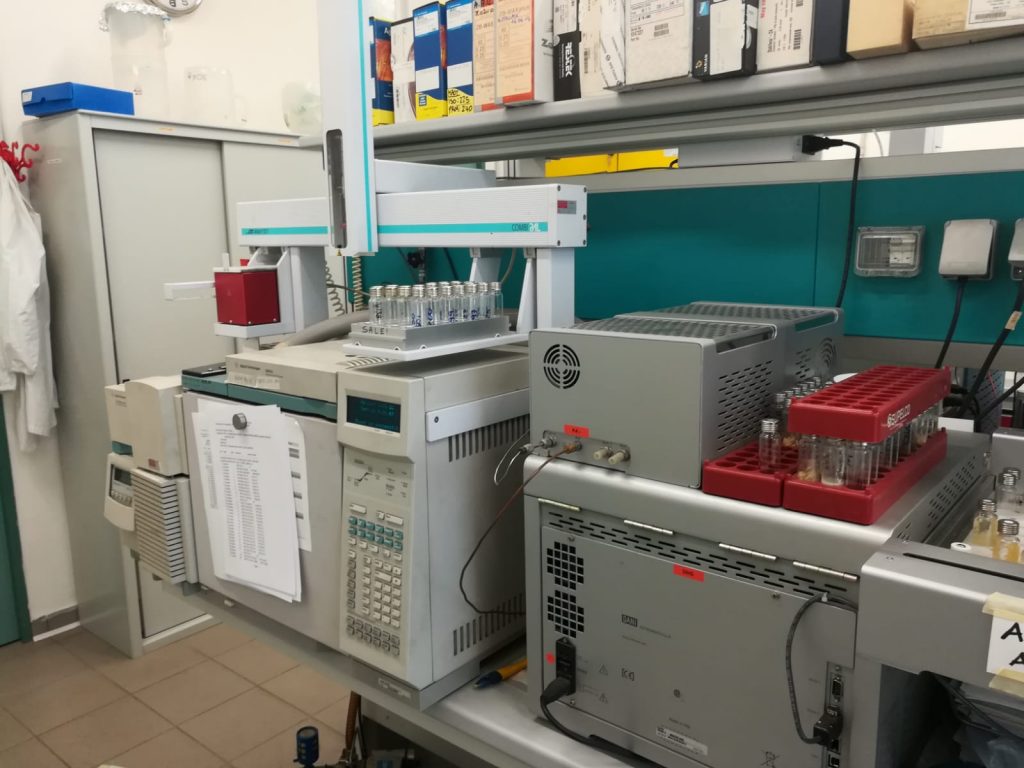
For the second objective, the project aims to run a pilot study using reed beds at an Alpine pasture dairy. Its ultimate goal is to test the feasibility of such a purification system for dairy wastewater at high altitudes—where seasonal work, low temperatures and short vegetation seasons can limit functionality.
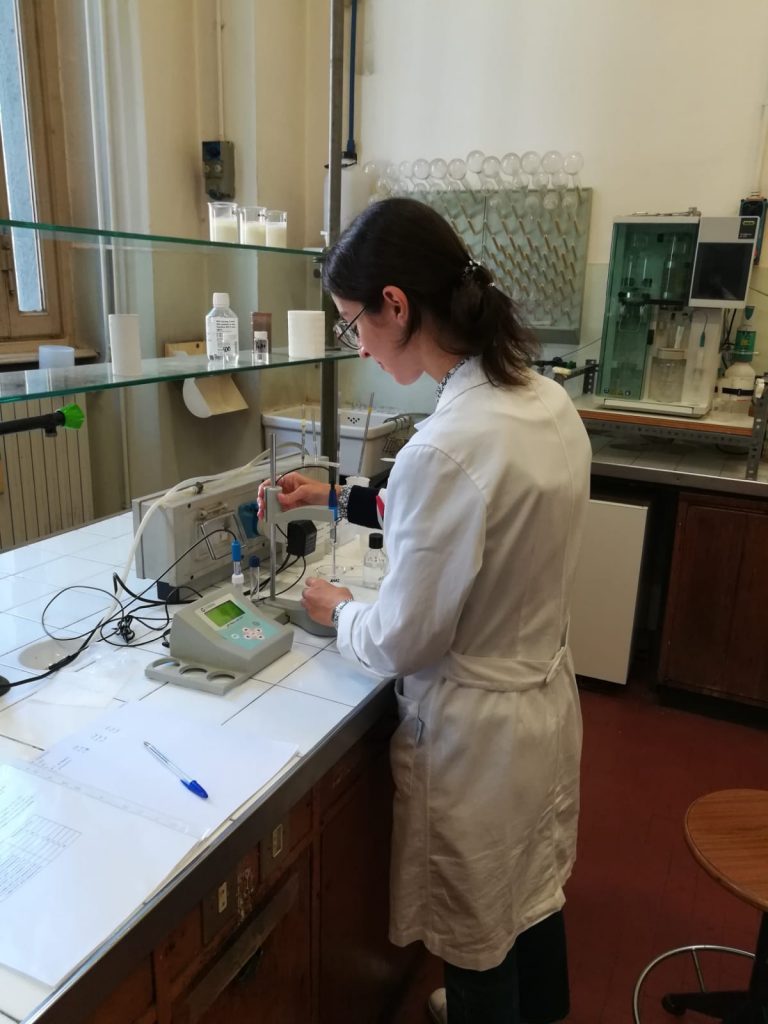
Expected results relate to the creation of indigenous starter cultures, while keeping costs affordable for traditional dairies, in order to produce butter and cheese, which are safe for consumption, with qualitative characteristics representative of this area’s milk and cream.
Other expected outcomes regard to running a pilot study using reed beds on an Alpine pasture dairy farm.
Interest in the project’s results directly involves unpasteurized cheese and butter makers as well as operators of mountain dairy farms in general. In terms of technology, this project proposes to respond, in part, to the present needs of dairy farmers and to provide them with indigenous starter cultures. Together with the necessary tools and know-how, it aims to improve the preparation of raw milk produce, guaranteeing both safe consumption as well as all the qualities that make it so distinct. In terms of environmental conservation, the project intends to provide guidelines for dairy wastewater management through the use of a reed bed system as a measure to improve respect for the environment.
As an indirect effect of this project, consumers will have access to unpasteurized butter and cheese that are safe to eat, of renowned quality and sport unique characteristics linking them to the local tradition and area where they are produced. Finally, with less and less of a negative environmental impact, these products shall act as an even more consistent symbol of the locations in which they are made.
| Durata progetto (mesi) | 36 |
| Partner | Il parternariato del GO è costituito dai seguenti soggetti:
1. Consorzio per la Tutela del Formaggio Silter DOP (Consorzio); 4. Comunità Montana di Valle Camonica – Ente gestore del Parco dell’Adamello; 5. Caseificio Sociale di Vallecamonica e del Sebino Cooperativa Agricola; 6. Azienda agricola Bezzi Andrea; 7. Azienda agricola Baccanelli Oscar; 8. Prestello delle Sorelle Bettoni; |
| Responsabile del progetto (Ente e nominativo) | Consorzio per la Tutela del formaggio Silter Dott. Oliviero Sisti |
| Coordinatore scientifico (Ente e nominativo) | DeFENS–UNIMI Prof. Ivano De Noni |
| Coordinatore del trasferimento (Ente e nominativo) | DeFENS–UNIMI Prof. Ivano De Noni |
Work in progress
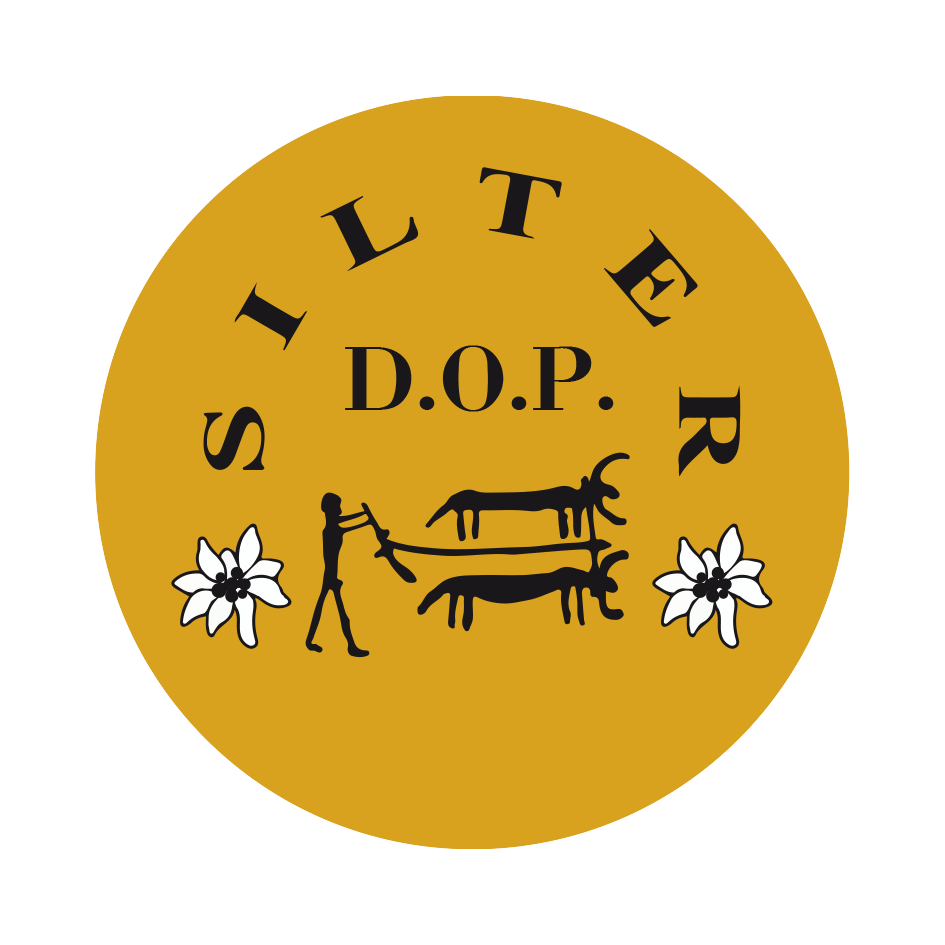
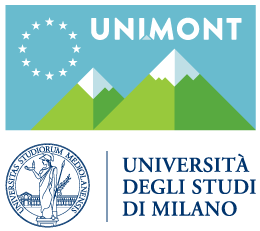
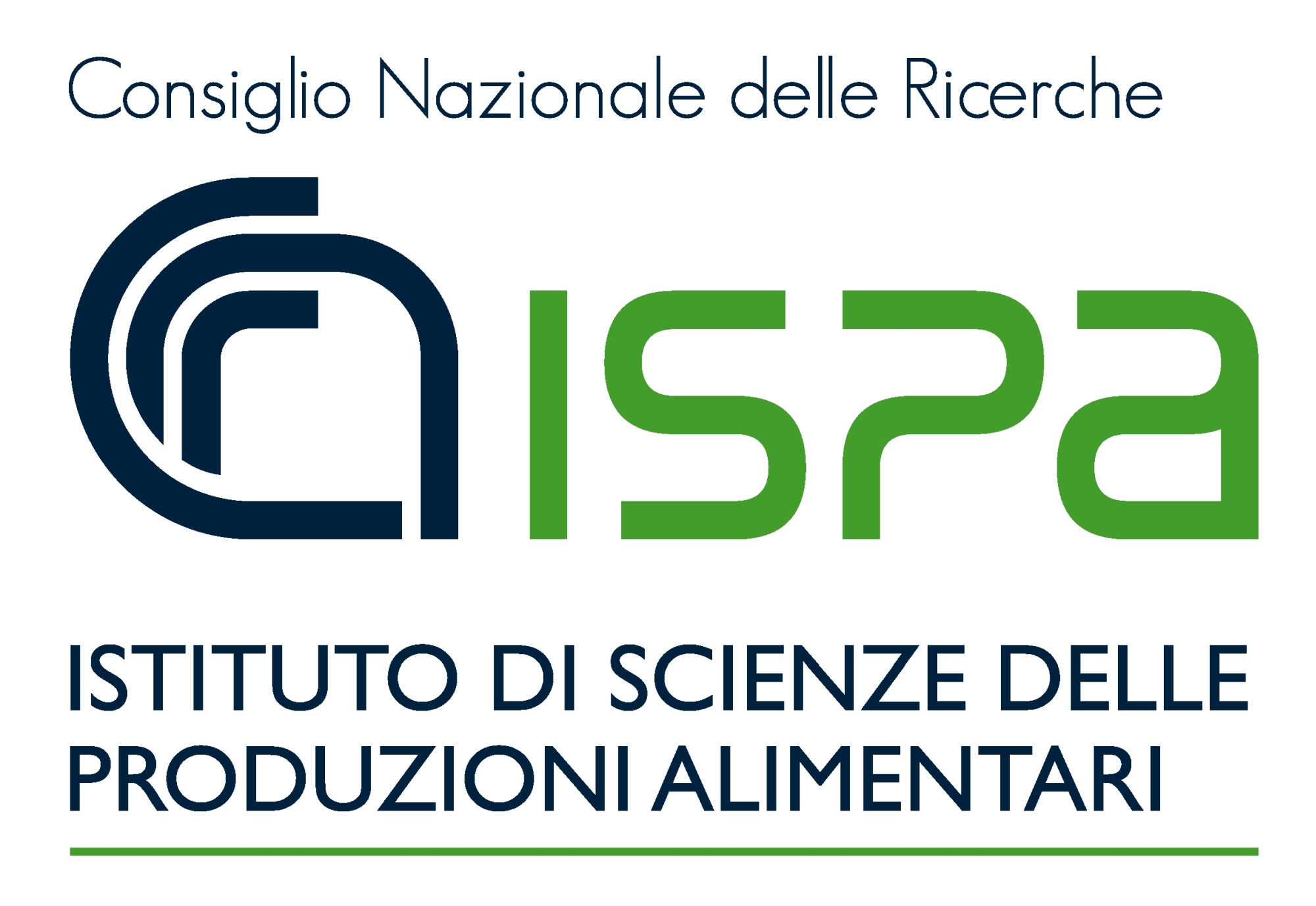
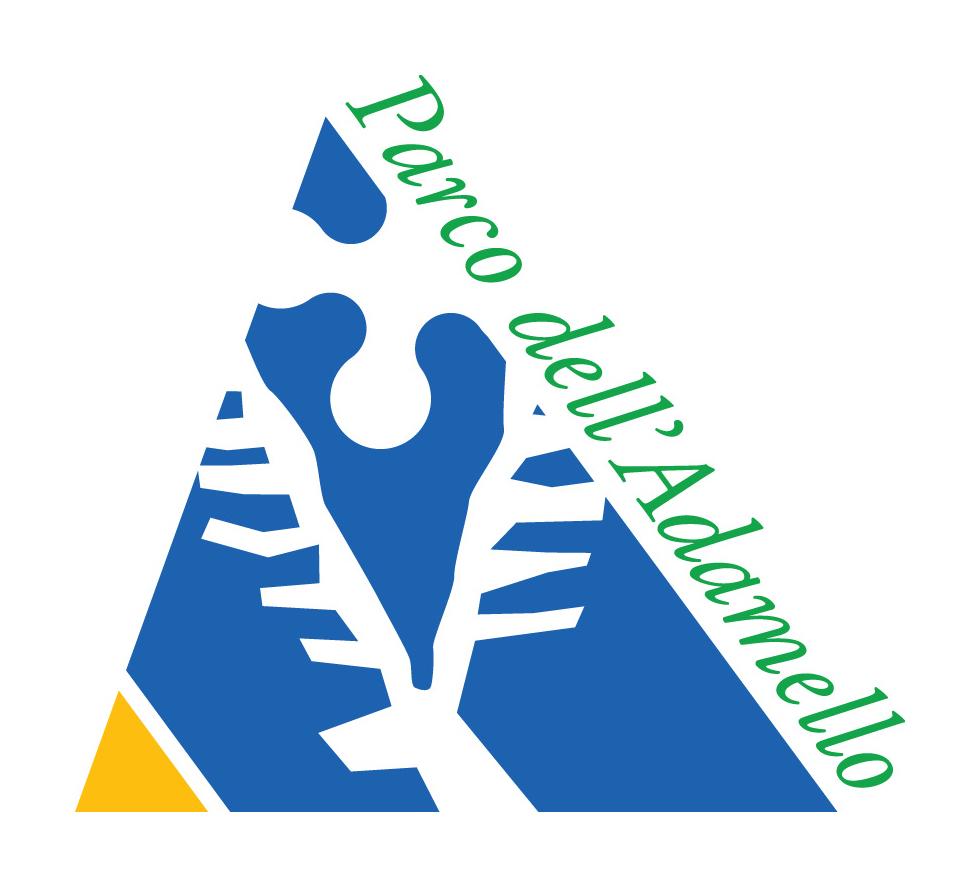
Contacts: Consorzio per la Tutela del Formaggio Silter
Via Aldo Moro, 28
25043 – Breno
Brescia
consorziosilter@pec.it
consorziosilter@gmail.com
Consortium Director Dott. Oliviero Sisti 328.6544402
Facebook page MiFisso
Rural Development Gateway 2014-2020

Responsible for the project is the "Consortium for the protection of the Silter Dop cheese", created with the collaboration of: Department of Food, Nutrition and Environmental Sciences, University of Milan (DeFENS – UNIMI), Institute of Sciences of Food Production of the National Research Council (ISPA-CNR) headquarters in Milan, Mountain Community of Valle Camonica - Management body of the Adamello Park, Val Palot agricultural cooperative, Bezzi Andrea farm, Baccanelli Oscar farm, Farm Prestello di Bontempi Barbara, Ducoli Giovanni farm, Spandre Vittorio farm.
